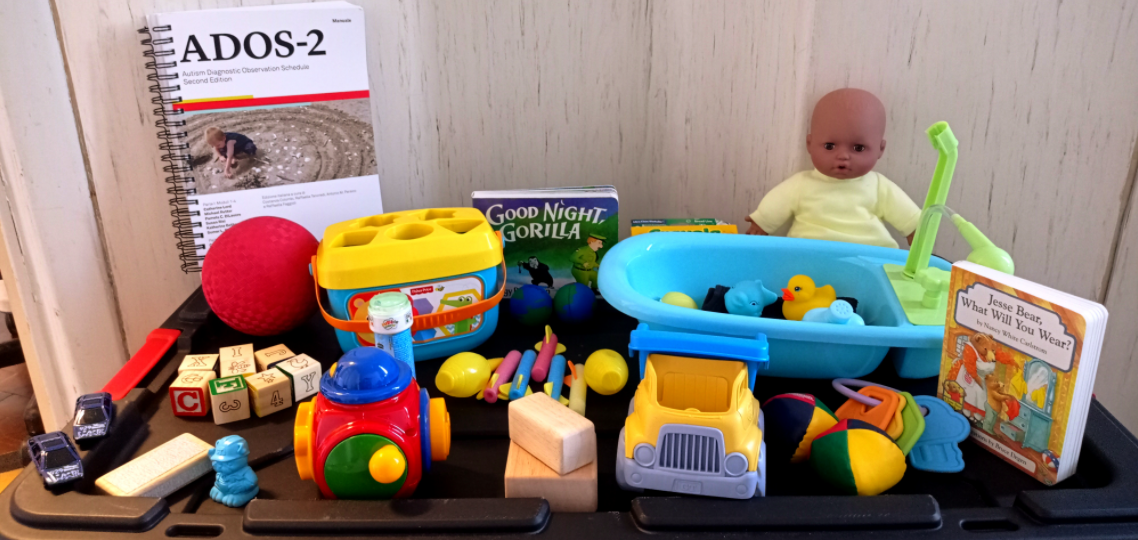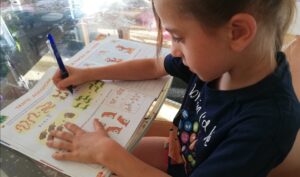when a delay represents instead a first alarm bell
Every child has his individuality. Every child learns to walk, to talk, to interact with others in times and modes that are his own characteristics. This is all the truer if the child we are talking about is a child born prematurely: in this case, even more it will be possible to observe the peculiarity of his/her growth, which will appear different from that of a child of the same age born to term. So how to recognize when a delay or an anomaly in the development of the child is part of his personal evolutionary trajectory or if it represents instead a first alarm bell for a possible developmental disorder? As parents, you are the greatest experts of your child, you know his temperament, his strengths and the areas that are more critical to him. Therefore, you may be the first to realize that your child’s development has some significant difficulties or that there are some atypical behavioral or socio-relational issues. These difficulties can also emerge at the checks that the follow up service provides for your child. When we talk about this type of atypia, the first word that jumps to mind is that of ‘autism’, a neurodevelopmental disorder characterized precisely by the presence of impairment in communication and social interaction and restricted and repetitive behaviors; moreover, several studies in the literature show that some factors, among which there is also the preterm birth, can contribute to increasing the risk for the development of this disorder.
To the diagnosis
But let’s not jump to conclusions! A diagnosis of autism is not made only on the basis of the presence of these signals that your child may manifest; however, it is extremely important not to neglect what is observed by you or by the professional, placing adequate clinical attention. In the event that, in fact, there is a condition of autism spectrum, early and timely care is what the child will need most, so that we can intervene immediately and act effectively to improve his quality of life. For this purpose, we have at our disposal one of the most indicative and most widely used tools in the international field for the assessment of autism spectrum disorder. Through semi-structured observation of the behavior of the child during different games and activities suitable for his age and language level, the ADOS-2 (Autism Diagnostic Observation Schedule-Second Edition) allows an in-depth assessment of the aspects of communication, social interaction, play and imaginative use of certain materials. The tool allows to evaluate individuals with suspected diagnosis of autism spectrum disorder from very early age (12 months) to adulthood and is suitable for both children or adults with expressive language, both non-verbal individuals. The activities administered, fun and engaging for children, are divided into 5 different categories that will assess different aspects of the functioning of the child:
- Language and communicationInterazione sociale reciproca
- Play
- Stereotypical behaviour and narrow interests
- Other abnormal behaviour
Based on the observation of the behavior of the child in these different activities, it is possible to establish, for the youngest (Toddler Module 12-30 months), a risk range for an autism spectrum disorder, or, in the case of older children, you may have an indicator of the possible presence of the disorder.
The score obtained after the administration of ADOS-2 should however be included in a thorough analysis of the functioning of the child and therefore does not represent a clear diagnostic index. Evaluation is generally associated with the administration of the semi-structured interview addressed to caregivers, the ADI-R (Autism Diagnostic Interview Revised), in order to obtain a detailed description of the child’s current behaviour and the past.
These tools, therefore, allow to obtain information on the functioning of the child from the social point of view, communicative, adaptive and behavioral and represent a source of necessary information that guide the professional and his clinical judgment towards a possible diagnosis.




